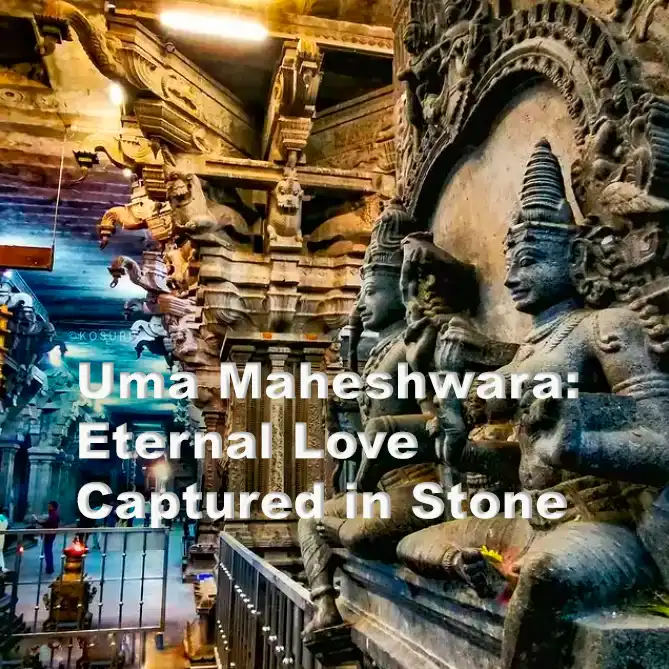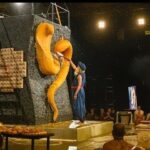Uma Maheshwara: Eternal Love Captured in Stone
Uma Maheshwara: When you’re checking out old temples, you’ll often spot these stunning sculptures of Shiva and Parvati. These beauties are called Uma-Maheshwara. Classic, right?
In Hindu temple art, the Uma-Maheshvara sculpture, showing Shiva and Parvati as a young, loving couple, is a super popular vibe. It’s one of Shiva’s 25 forms, known as panchavimshatimurti. You’ll find all the deets about it in the Agamas, especially the Shaiva Siddhanta texts from South India, and in the ancient Silpa manuals.
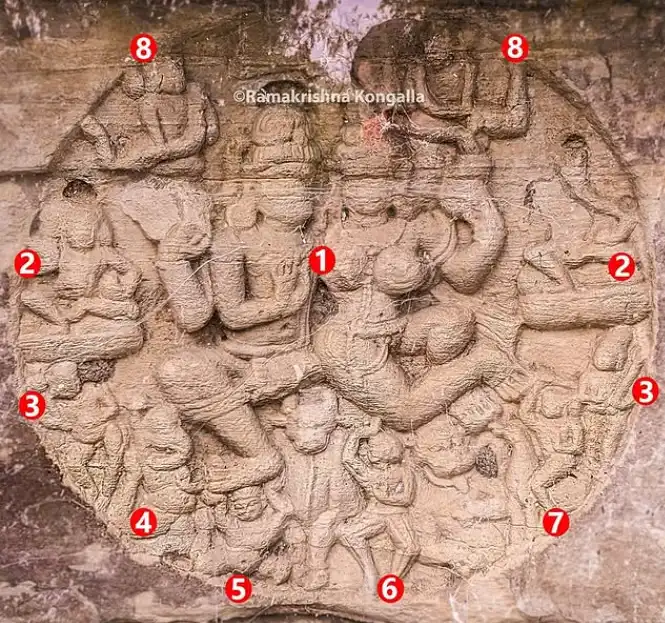
You’ll spot Uma-Maheshvara figures all over temples—on walls, pillars, and even inside the Garbhgriha. These iconic sculptures have also made their way into private collections and museums. They come in all kinds of materials and styles, showing off the divine duo in their full glory. And it’s not just in India; you’ll find these statues in neighboring countries too. Total global vibe!
ALSO READ: Valeeswarar Temple: Secrets and Treasures
Unity in Diversity: The Harmony of Hindu Sects and Divine Pairings
Polytheism has always been at the heart of Sanatana Dharma, or Hinduism. That’s why there are so many sects in it. The main ones are Shakta (worshippers of Shakti as the ultimate power), Vaishnav (those who see Vishnu as the top deity), and Shaiva (Shiva devotees who consider him the supreme god). Then there are other sects too, like those devoted to Surya, Ganesha, Brahma, Kartikeya, and more.
The coolest part? Even with all these sects, everyone vibes together in harmony. You’ll even find gods from one sect hanging out in another sect’s temples. Unity in diversity, desi style!
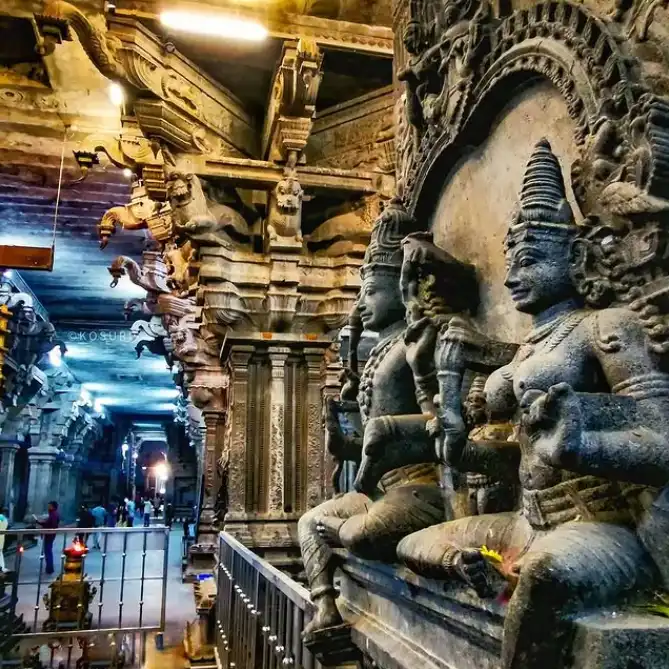
You’ll often see Lakshmi with Vishnu, or Surya paired with Shiva or Vishnu. Then there’s Harihar, where Shiva and Vishnu come together as one. Similarly, Shiva and Shakti are united in the form of Uma-Maheshvara.
Uma Maheshwara: The Divine Union of Purusha and Prakriti
This divine pair symbolizes the cosmic marriage of Shiva, the ultimate Purusha, and Uma, the supreme goddess representing Prakriti—the feminine cosmic energy. Together, Purusha (male energy) and Prakriti (female energy) unite to create srishti—procreation that keeps the cycle of creation and balance going strong. Total cosmic power couple vibes!
Uma, meaning “light,” is a form of Shakti. She’s said to have been reborn after Sati sacrificed herself in the fire. It’s Uma who calmed down Shiva’s fiery anger and restored the procreative balance of the universe, making her like the nurturing mother goddess of the earth. Her story even pops up in the Kena Upanishad.
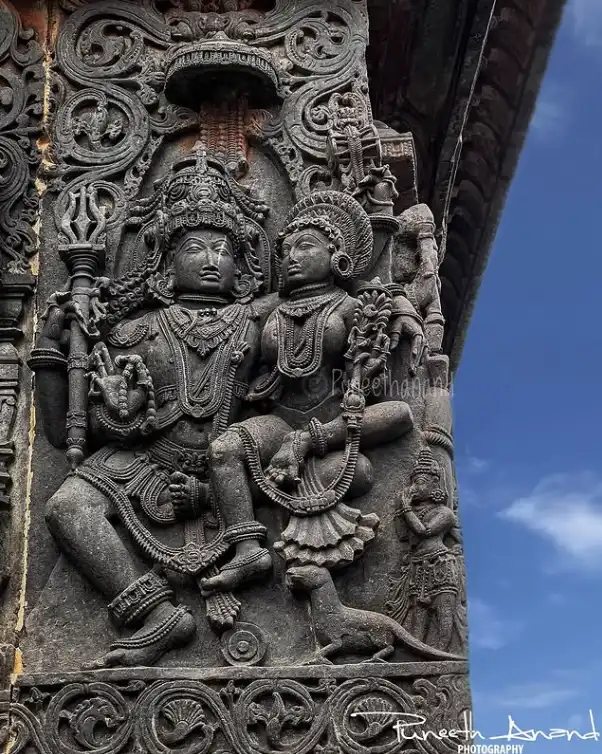
In Nepal and Cambodia, Uma is celebrated as a powerful and divine goddess in her own right. In Bengal and Assam, she’s seen as the daughter of the mountain king, Himavat. Some cultures even worship her as a mountain goddess. Total queen vibes, wherever you look!
The Evolving Iconography of Uma-Maheshwara: A Timeless Symbol of Love and Beauty
The way Uma-Maheshwara is shown has changed a lot over time and across regions. You can spot their image even in Shaiva sculptures and coins from Mathura. In fact, the earliest depiction of Shiva and Parvati together is on a gold coin issued by Huvishka, the Kusana Emperor.
Almost every dynasty that came after included Uma-Maheshwara in their temple art. While the style and iconography have evolved over time, one thing stays constant—they’re always depicted as warm, youthful, and absolutely stunning!
In the cibukothhapana pose, Shiva gently holds Uma’s chin and looks lovingly into her shy eyes. They’re often shown sitting face-to-face in the sammukha mudra. You’ll also see them in super romantic poses that radiate love and desire, like embracing in the alingana pose. Sometimes, Shiva is holding Uma in his lap or tenderly caressing her, as seen in the kuca-sparsa and atikarohana forms. Total love goals!
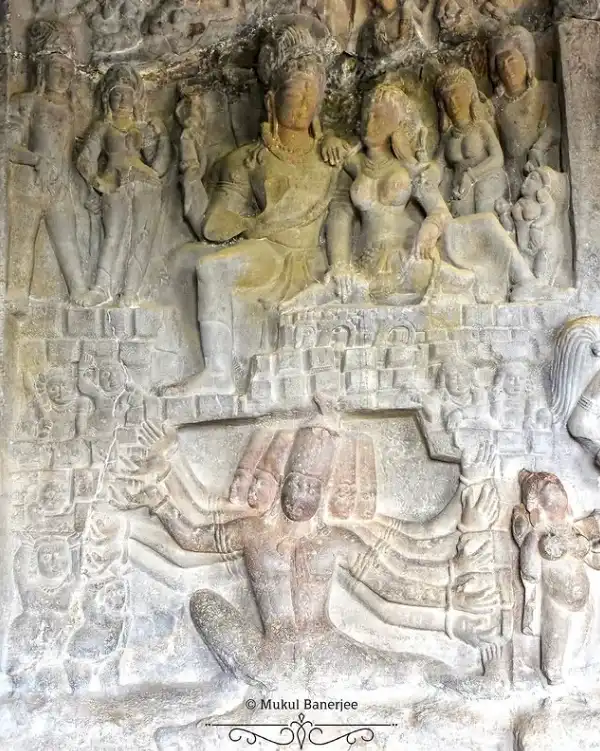
Divine Royalty: Uma-Maheshwara’s Iconic Depictions and the Symbolism of Gauri
Usually, they’re shown sitting on a throne, with Shiva’s bull and Uma’s lion chilling underneath. Their legs are raised above their rides, all majestic like. In these sculptures, they’re decked out in fancy clothes, heavy jewelry, and all kinds of bling. Ganesha and Kartikeya, their kids, often pop up in these artworks too, either together or solo. Talk about a power family!
Gauri, who’s Mahadev Shiva’s wife, is called “godhasana bhavet Gauri,” which basically means she’s known as Gauri when she does penance while standing on a monitor lizard, or godha in Sanskrit. The word godha comes from the root gudha, which means to wrap, cover, or hide. That’s why sometimes in South Indian sculptures, you’ll see the monitor lizard as Parvati’s ride. Pretty cool, right?
Exploring the Varied Depictions of Uma-Maheshvara: Sacred Settings and Divine Moments
The Uma-Maheshvara figures come in all kinds of styles and themes, so you can break them down into different categories and subtypes. Apart from the poses we mentioned earlier, the type of throne they sit on is another way to classify them. You’ll see Shiva and Parvati sitting in different spots—under a tree, in a lotus garden, on a Shiva linga, on Nandi the bull, or even up on Mount Kailash with Ravana carrying it on his head, like in the Ravananugraha scene.
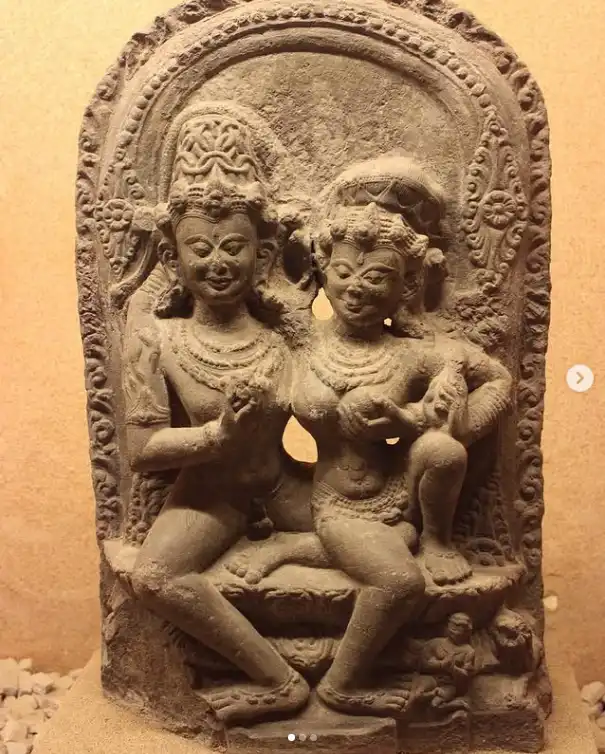
There are also depictions of Shiva and Parvati sitting together, with baby Skanda chilling on Parvati’s lap, and Ganga flowing toward Shiva’s wild hair. Such epic vibes!
Uma-Maheshvara Vrata: The Ritual of Blessings for Family and Harmony
Even though there aren’t too many temples solely for Uma-Maheshwara, there’s one ritual that’s all about them. On Bhadrapada Purnima, devotees fast as part of the Uma-Maheshvara Vrata, a tradition linked to the divine couple. The story comes from the Matsya Purana, where Indra messes up by putting a garland that sage Durvasa gave him on his elephant Airavata instead of wearing it himself.
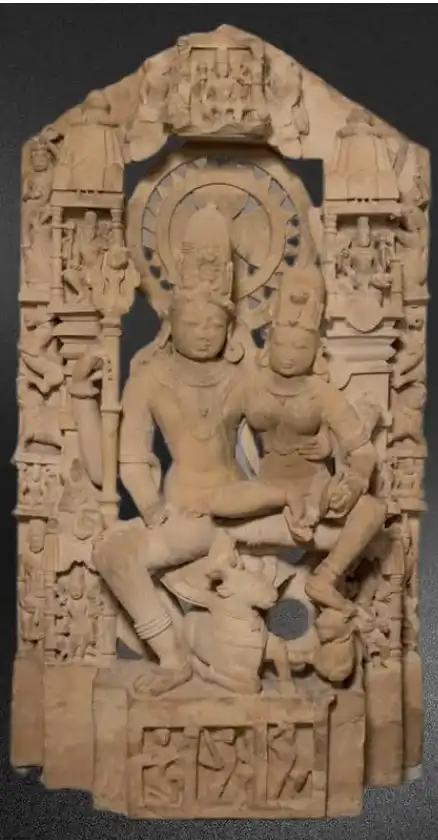
Because of that, he gets cursed by Durvasa. To get rid of the curse, Indra fasts for Uma-Maheshwara, and now people still do this fast today for family happiness and peace. Newlywed couples also do it for good luck in starting a family. Totally old-school, but full of meaning!
